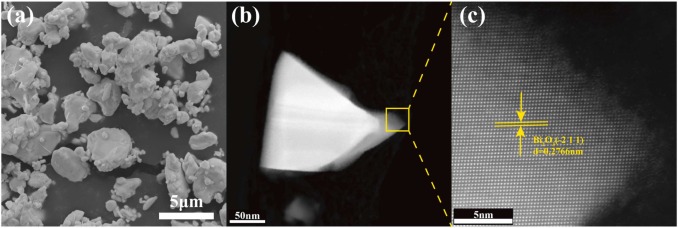Abstract
Composite materials of (NiCrW)1-x(Bi2O3)x (x = 0, 1, 2.5, 5 wt%) were prepared using powder metallurgy techniques. The study investigated the effects of Bi2O3 content on the microstructure, phase composition, hightemperature mechanical properties, and tribological performance over a wide temperature range of the composites. The results indicate that during the hot pressing sintering process, Bi2O3 in the composites undergoes a decomposition reaction, leading to the formation of new phases such as NiBi, NiBi3, and Cr2O3, which enhance the high-temperature lubrication and wear resistance of the composites. However, this transformation has a detrimental effect on the mechanical properties of the composites, altering the fracture mechanism from microporous aggregation-type fracture to predominantly cleavage and intergranular fractures. Thanks to the formation of lubricating phases like NiBi, the addition of 1 wt% Bi2O3 effectively reduces the wear rate of the composites at room temperature. At 800 degrees C, NiBi is reoxidized during the high-temperature friction process, forming a friction layer composed of Bi2O3 and NiO on the wear surface of the composites, effectively lowering the friction coefficient at high temperatures.

Keywords Plus:CRYSTAL-CHEMICAL APPROACH,TRIBOLOGICAL PROPERTIES,LUBRICATING MATERIALS,WATER-VAPOR,POLARIZABILITY,COMPOSITE,COATINGS,OXIDES,CLASSIFICATION,RESISTANCE
Published in ACS APPLIED MATERIALS & INTERFACES,Volume17,10.1021/acsami.4c20488,JAN 27 2025


